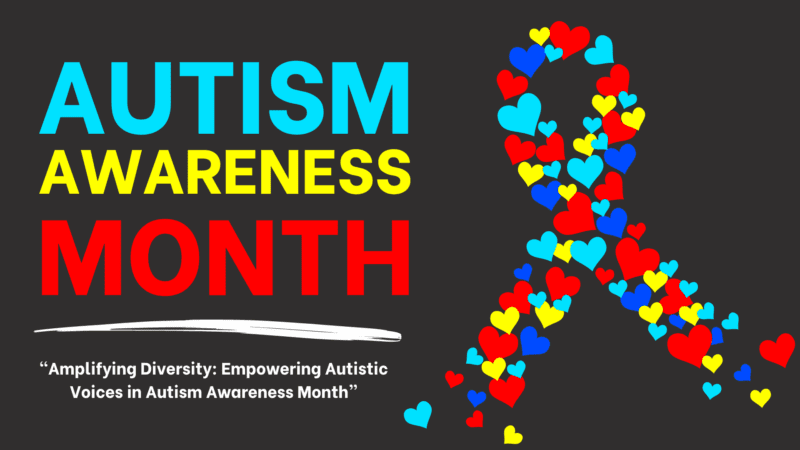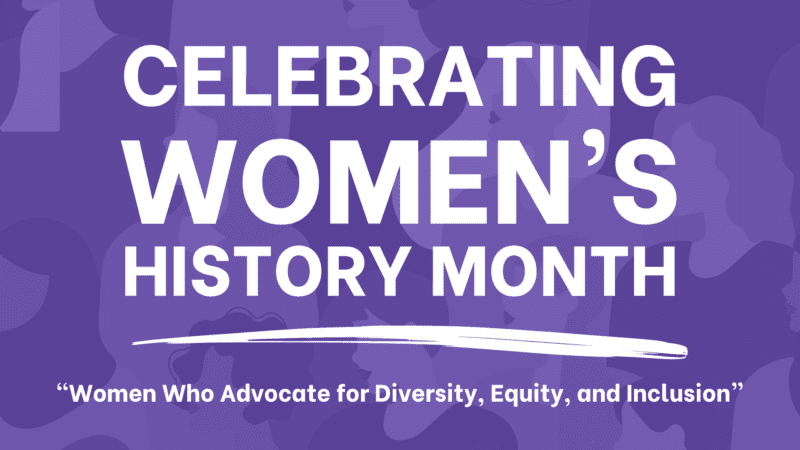
This post about Satisfaction Surveys comes from Mike Leow, Vice President of Operations at Forrest Solutions.
How do you know what your customers are feeling if you can’t connect with them face to face? Considering the “new normal” state of business, the ability to connect with clients in-person is limited. Thus, satisfaction surveys, and other types of informational explorations have immense value. But response rates have gone down in recent years, and worse, people often abandon surveys because they are irrelevant or lengthy.
Data is Power
We are immersed in a world where data is power. Some companies hope they’re doing a good job, but hope is not a strategy. The only true way to know how satisfied your customers are is to ask them.
Additionally, brands need to understand what they already have and what is missing. From a brand’s perspective, tangible feedback from engaged respondents is the most valuable. Respondents who click to get a freebie or enter a sweepstakes, won’t give you the information your brand needs. The truth is, data quality falls off in those surveys.
How to Give Your Customer a Voice
Whether you’re a retailer, e-commerce company, or service provider, your customer’s feedback has a direct correlation to client satisfaction, sales, and renewals. Contrary to popular belief, customers use social media to air their concerns, only as a last resort. Research shows that nearly 75% of customers would prefer to work directly with you via email or phone, or online chat. They are willing to give you a chance to make it right or improve on the overall experience. This also allows for positive comments and an opportunity to recognize your employees and increase morale.
Customer satisfaction surveys should consist of specific questions designed to measure how satisfied customers are with your product and service. They allow your customers to give suggestions and feedback on how you can become more valuable as a service provider or vendor.
How Do I Gain Insightful Feedback from My Client Base?
- Keep surveys short and simple. 5-7 minutes is ideal.
- Don’t use hard-to-understand jargon or acronyms. Review the logical flow.
- Offer a mix of open-ended and closed-ended questions.
- Use a technology that is also compatible with mobile devices.
- Show a genuine interest in customers’ feedback with a quick note or opening statement from local leadership/management.
What Are Some Examples of Questions?
Asking the right questions is crucial to garnering accurate and complete answers. Here are some examples of questions that go beyond the “Yes/No” or “Satisfied 1-5” ranking questions.
- How often have you been engaged by a manager or senior leadership?
- What have we provided to make your experience more valuable?
- Has the timeliness of our service helped you to be more efficient within your role?
- What specifically would you like to see us do that we are not currently?
Where Can I Create My Survey?
Most CRM or marketing automation systems (like Hubspot or Pardot from Salesforce) have a survey or form module built in. Using your CRM for surveys ensures proper data syncing, and you won’t have to download or pay for any new tools. The following options are user-friendly, provide a status bar for clients to see as they complete, and can provide you with real-time results.
- TypeForm (https://www.typeform.com)
- SurveyMonkey (https://www.surveymonkey.com)
- GetFeedback (https://www.getfeedback.com)
If you use a suite of products like Google G Suite or Microsoft 365, you can also create and share forms with the following tools.
- Microsoft Office Forms (https://forms.office.com)
- Google Forms (https://forms.google.com)
What Should I Do with My Survey Results?
- Take quick action to improve your client experience.
- Putting it on the next quarter’s roadmap is too late. Gather your leadership team and develop SMART action plans to implement.
- Rally the troops!
- Share with your teams and give them an opportunity to provide feedback, suggestions, and actionable opportunities to improve.
- Continuously refine.
- Customer satisfaction surveys are not just a twice-a-year thing. Always listen to client feedback, both positive and negative. That way you can tweak your approach and develop additional learning and training for your teams.





